Restoring A Family Legacy
At Arrowpoint Cattle Company, the second generation of the Roberts family works to revitalize and regenerate their Colorado ranchland.
Below the headwaters of the Arkansas River, in the shadow of the Collegiate Peaks of the Sawatch Range, lies the Upper Arkansas River Valley. With a rich agricultural history of cattle and food production, this land now faces unprecedented challenges from a drier, more extreme climate.
Ranchers who rely heavily on runoff from annual snowpack now face longer, hotter summers and unpredictable snowfalls. At the same time, competition for land has driven up prices and strained natural resources as the region increasingly draws recreational enthusiasts. The Roberts, like so many ranching families today, have needed to find sustainable ways to ranch in a changing landscape.
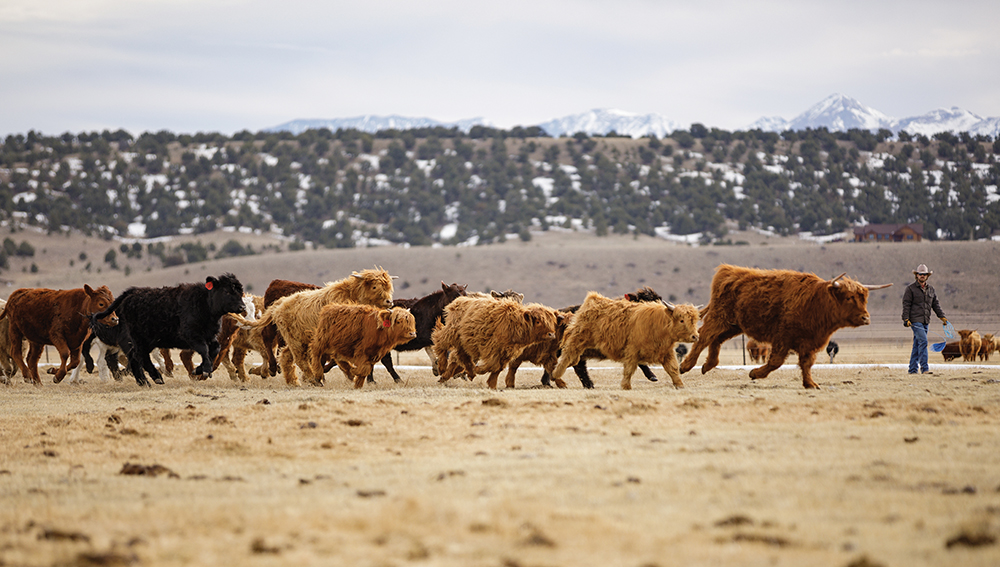
Changing Practices for the Better
In 1968, C.J. “Doc” Roberts purchased 600 acres outside Nathrop, Colorado, and started what became Arrowpoint Cattle Company LLC. A doctor by profession, Roberts chose ranching as his passion project and selected Highland cattle for their naturally lean meat and resilience in the harsh Rocky Mountain winters.
Today, Arrowpoint is owned and managed by Roberts’ daughters, Nancy Roberts and Leslie Trexler, who assumed responsibility for the ranch in 1999 after their older brother died. While (Nancy) Roberts resides on the ranch full-time, Trexler, now a retired teacher in Denver, comes up every summer to support the operation.
For years, the women’s father and brother had managed the ranch “as it’s always been done,” Roberts says. Decades of overstocking pastures and almost continuous grazing had left the dry land stressed and in need of recovery. Roberts and Trexler committed to not only maintaining the family legacy but restoring it, too. For them, it’s not just about running a profitable ranch. They’re intent on revitalizing and regenerating the land, community and valley they call home.
Roberts explains: “Regenerative wasn’t even a well-known concept in ranching, but I knew I needed the ranch to look better, to do better, to have better grass. We went through a bunch of iterations to come up with grazing plans, to move the cows through and find other pastures so we weren’t putting so much pressure on the home pasture.”
Today, they “graze for regrowth” – letting pasture conditions dictate when it’s time to move the cattle. They also rotate cattle based on their calving schedule.
“We like to keep the cattle close and on the home ranch when we’re calving,” adds Roberts. “So they’ll hit those pastures in the spring and won’t graze them again for at least another year.”
As the season progresses, they move their herd to two different parcels they’ve acquired farther south in the San Luis Valley or to leased land allotted by the Bureau of Land Management. Here, too, they are focused on regeneration.
For example, in the coming year, Roberts hopes to access more water points by drilling a well on one parcel, which will allow them to move the herd more often and to graze in smaller pastures for more impact. On their BLM allotments, they’re trying a new strategy: feeding the cattle minerals mixed with the seeds of grass and cool-season native plants and relying on the animals to spread the seeds in manure as they move across the land.
“It’s all a work in progress,” Roberts says. “We have ideas; we try new things; we see how it works. That’s how you move it forward.”
In summer 2022, Arrowpoint joined five other ranchers in a pilot program run by the local U.S. Forest Service office, Upper Arkansas Conservation District and the Central Colorado Conservancy to introduce Vence virtual fencing. Using GPS, sound cues and a humane electric pulse, Vence collars allow ranchers to influence the movement of the cow-calf pairs and manage grazing with less on-the-ground labor.
Arrowpoint has also changed when it calves. Moving calving later to April through June when grazing new-growth pastures saves them from having to rely as heavily on hay and feed supplements. Highland calves typically leave the ranch when they are between 24 to 30 months old. With an average head count of 70 moms, the Arrowpoint herd fluctuates a lot, normally maxing out at around 200 animals. Roberts relies on hay for winter feed, adding small amounts of protein and brewers’ grain to support her breeders.
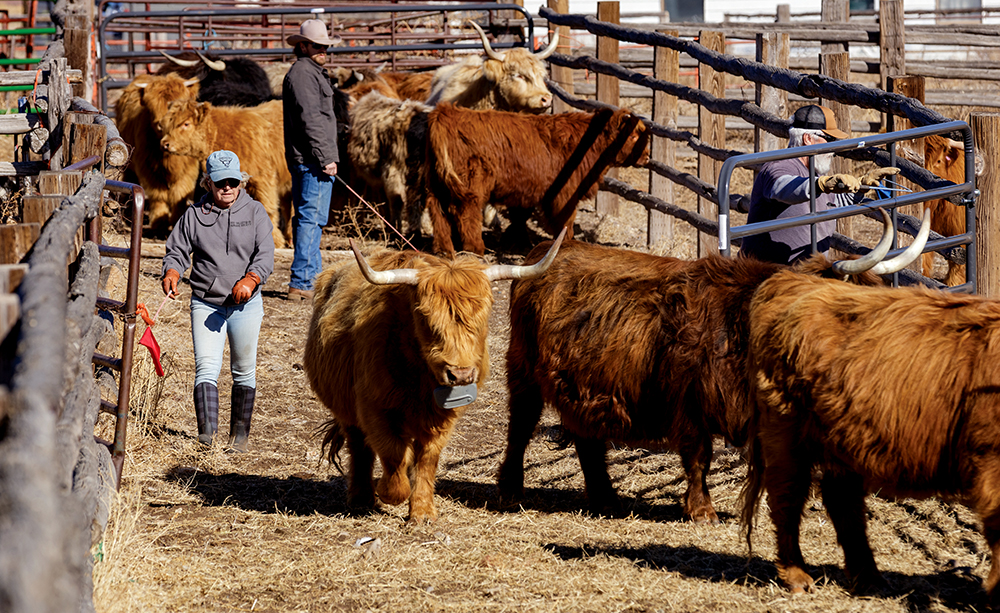
Patience and Partnerships are Paying Off
After 25 years running the ranch, Roberts admits it’s still a work in progress.
“Our intent is to make the ranch 100% regenerative, but reality is something different,” she says. “It’s a process. Dryland fields recover at a much slower pace than our irrigated pastures. And sometimes it just takes longer than you hope.”
Over the years, she’s been diligent about learning new strategies and techniques and seeking advice. In February 2023, Roberts attended the Society of Range Management conference in Idaho. She was approached by a researcher from Colorado State University who invited Arrowpoint to participate in a study on the impacts of regenerative grazing. In part funded and managed by Noble Research Institute, the Metrics, Management and Monitoring study (also known as the 3M project) is a five-year study led by researchers from 11 nonprofit organizations, private research organizations and public universities in the United States and the United Kingdom. In the U.S., the project includes 60 ranch sites of all different sizes from five states (Colorado, Michigan, Oklahoma, Texas, and Wyoming).
Specifically, the 3M project is focused on quantifying the impacts of soil health and regenerative practices and will examine how management decisions impact the overall ecosystem. Considered one of the most robust investigations of ecosystem function, the project will quantify soil health metrics, measure the impact of management practices on soil health and carbon sequestration, and determine the socio-economic impact of these practices on rural well-being and resilience. Initial sampling at Arrowpoint was completed in late summer/early fall of 2024 and included soil cores, forage samples and water impact-related measurements.
In addition to gaining insights on her own ranch, Roberts cites the peer-to-peer learning opportunities from this project as key to inspiring greater change.
“I feel lucky to have this community and mentorship,” she says. “To be able to meet regularly with my ‘hub’ reminds me that I’m not on my own out here. It’s been a tremendous help to meet like-minded individuals who are struggling with the same things, who have different ideas you can learn from.”
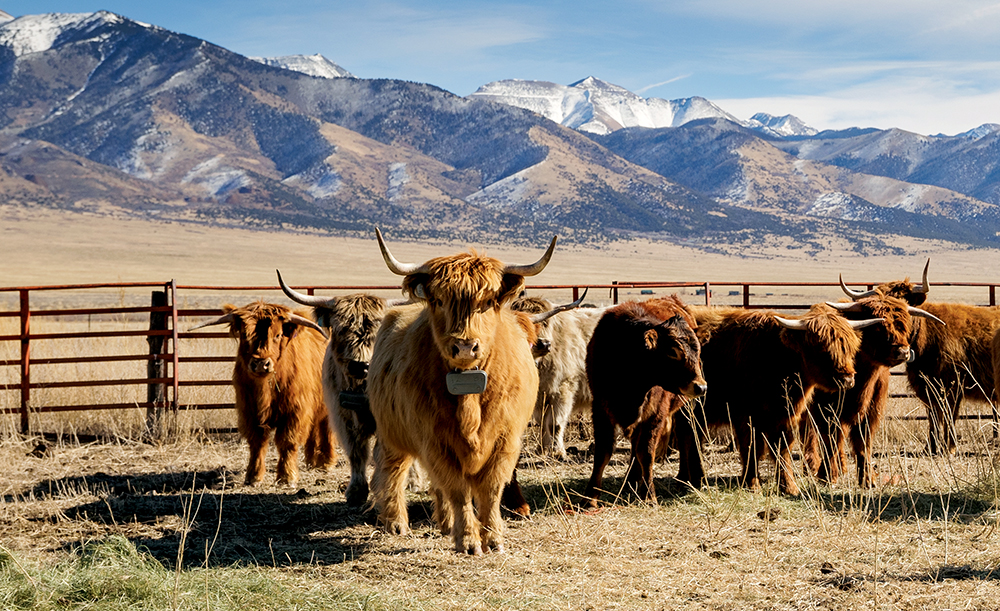
Marketing Meat Raised with Fewer Inputs
The sisters are proud of the progress made in restoring their ranchland and are quick to emphasize that raising Highlands isn’t a hobby. They are raising a commodity to sell, and they need to rely on a consistent market to ensure their financial stability.
For almost 15 years, Arrowpoint has partnered with Eddyline restaurant in nearby Buena Vista, Colorado. Highland beef is desired for being naturally lean, well marbled, tender and flavorful, with little outside waste fat. Unlike many restaurants, Eddyline is willing to purchase the whole animal, saving Arrowpoint from having to find markets for less-premium cuts from those carcasses.
In addition to the cattle, Arrowpoint is in its third year raising pigs. They purchase weaners from a local operation, raise and sell them. Arrowpoint also earns income from horse-hay sales and beef shares sold locally and across the Front Range.
More than 20 years ago, Arrowpoint stopped using herbicides or pesticides on their pastures and quit administering hormones or antibiotics to their animals. (With their strong blood lines and thick, long coats, Highland cows are less vulnerable to stress-related and bovine diseases.) While the ranch hasn’t applied for organic certification given the cost and amount of paperwork, Arrowpoint has committed to maintaining their organic practices. They are currently working on becoming an Audubon Certified bird-friendly ranch, which should enable them to earn a higher premium and expand markets for their products.
Matt Anderson, Arrowpoint’s ranch manager, has built a solid relationship with a local independent slaughterhouse and will, if needed, transport their cattle to Montrose to another processor. Roberts admits Arrowpoint is largely at the mercy of the processors’ schedules, but they plan ahead as much as possible (often scheduling a year out).
“These local processors are overloaded,” she says. “I am thankful that there are people willing to do this on a small scale. I wouldn’t want to send my cows to one of the big slaughterhouses. They may do it for a lot less money, but you’re not always sure what you’re getting back – and that’s the whole point of this, isn’t it?”
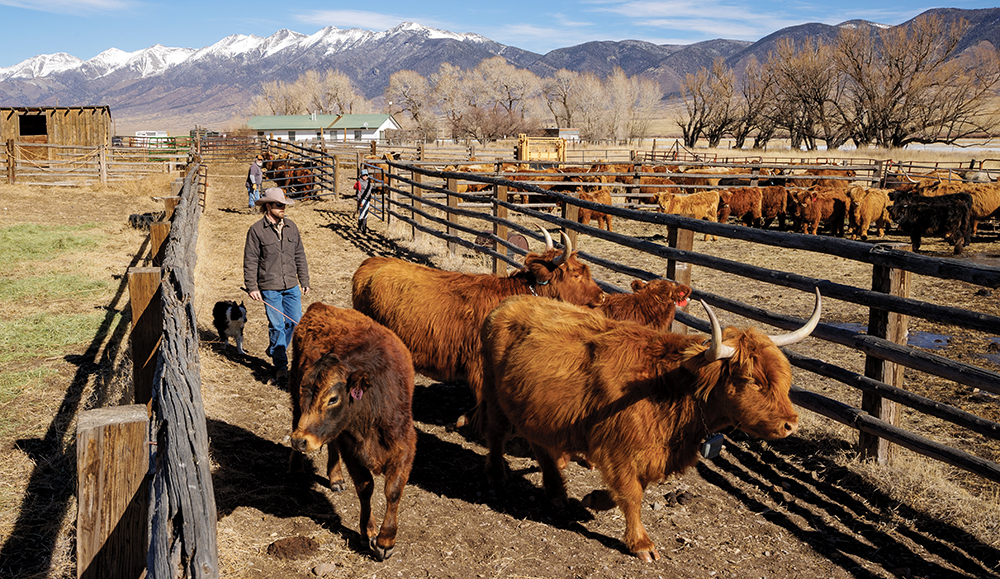
Preserving the Local Agricultural Heritage
Like so many ranchers across the West, Roberts acknowledges the pressures felt from changing demographics, rising land costs and the shift away from rural communities. In Colorado, agriculture accounts for just over 1% of private-sector employment, with cattle and calves as the leading agricultural commodity. According to the USDA’s 2022 Census of Agriculture, Colorado leads the nation in the loss of farmland while pastureland values have steadily increased.
Fortunately, Coloradans continue to value agriculture. The state has an abundance of public and nonprofit entities focused on preserving agricultural land, conserving natural resources and keeping open spaces for all citizens to enjoy. Counties like Chaffee are being proactive about supporting agriculture while welcoming the income from recreation and ecotourism.
Several years ago, Chaffee County conducted a survey to determine local priorities and found 98% of residents value agriculture (these findings are similar to a statewide survey by the Colorado Department of Agriculture that found over 90% of Coloradans believe it’s important to preserve land and resources for food security and want to purchase food products that support the local economy). To keep working lands working, the county added a tax to support agriculture and fire readiness and to mitigate the impact from more recreationists. These tax dollars fund a Common Ground grant program that is used to support local projects such as a ditch restoration project along the Arkansas River.
Roberts has also been on the Upper Arkansas Conservation District Board for many years, recognizing the importance of giving ranchers a voice and supporting efforts to preserve and protect the local ecosystem so many people depend upon.
“I’m hopeful,” adds Roberts. “At least in my valley, the family ranch is still alive. We may be decreasing, but all we can do is help each other out and uplift our agricultural community.”
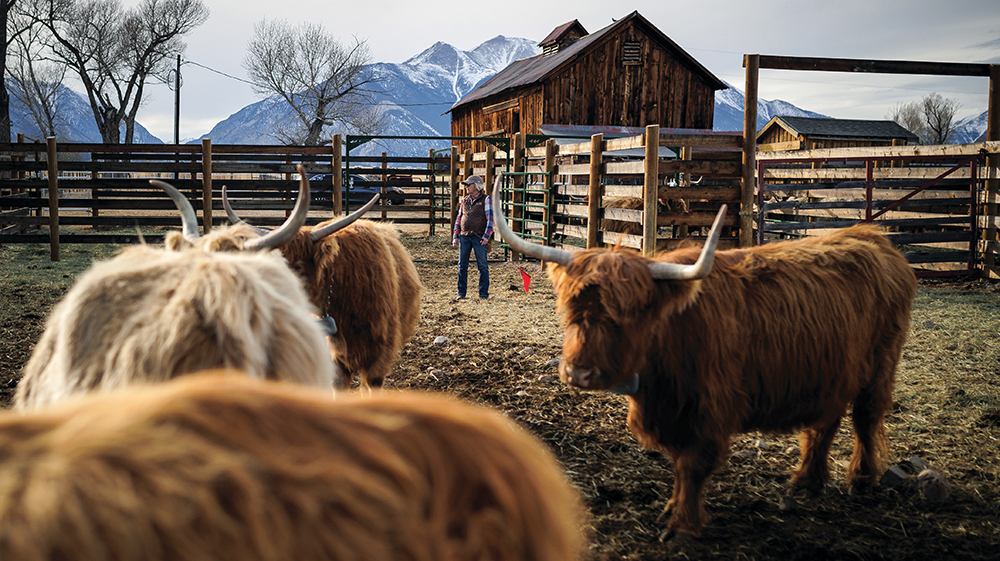
Lessons Learned
When asked about the changes on her ranch, Roberts says she’s learned to accept questions, ignore the negativity, and be grateful. Fortunately, Arrowpoint has been able to match its operation to its landscape and grow into a successful market. Roberts is building community both in the Upper Arkansas River Valley and in ranching more broadly through Noble. She’s also found a ranch manager and team who are enthusiastic about change and willing to try different things.
Roberts readily admits that if the transition to regenerative grazing was easy, everyone would be doing it. But, like her father, she is passionate about the land and the Highlands they raise and is dedicated to leaving her legacy better than she found it.
“Gratitude is probably my biggest accomplishment,” she concludes. “I’m so grateful to be able to show that you can be a beef producer and do it with respect and kindness to the animals and still improve the land. And I’m grateful to have an incredible network of people involved and supporting our transition.”

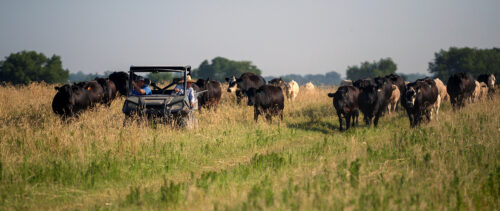
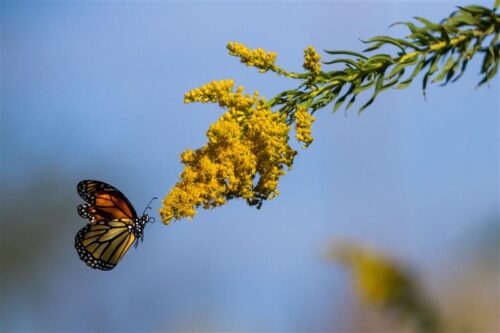
Comment